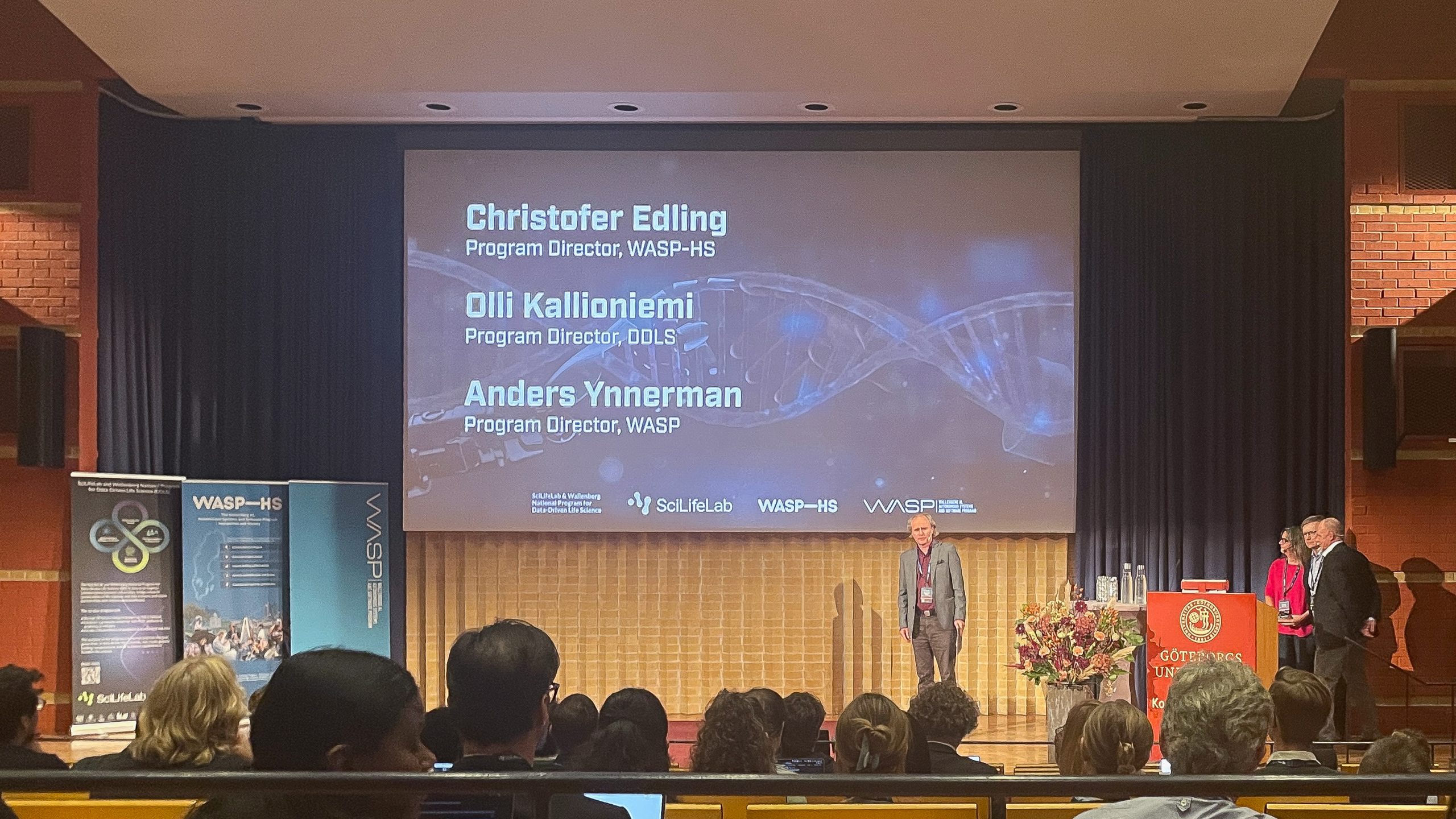At the WASP-HS-arranged event on 26 March 2024, participants from different domains such as cyber security development, border control, and academic research convened. The participants came together online to delve into the numerous issues concerning the impact of artificial intelligence (AI) on cyber security.
Whom are cyber security systems designed for, and who reaps the benefits? Should citizens be better equipped to handle potential cyber-attacks, perhaps through simulated drills? How can we protect datasets from theft? These were among the array of topics discussed at the online WASP-HS event on AI and Cyber Security held on March 26.
The event, introduced by Christofer Edling, WASP-HS Program Director and Professor of sociology at Lund University, featured keynote speakers Staffan Truvé CTO and co-founder of Recorded Future, and Charles Berret, Postdoctoral fellow in critical data visualization at Linköping University.
Following the keynote sessions, participants from diverse backgrounds like cyber security development, border control, and various academic disciplines, were separated into discussion groups. Here, they shared their perspectives, including enthusiasm about and concerns regarding, AI’s impact on cyber security.
Enhancing Cyber Security Readiness
“We explored how collaboration across different fields can boost competence in cyber security and readiness to act in order to prevent threats,” said Helena Lindgren, Co-Program Director of WASP-HS and Professor of computing science at Umeå University.
Leading one of the discussion groups at the AI and Cyber Security event, Lindgren summarized discussions regarding how people can prepare for potential cyber-attacks and how they might adapt to more complex technological interfaces due to heightened security measures.
“Our conversation centered on advancing training systems and enhancing technology, like dialogue systems, to better detect and counter threats. Integrating an AI agent within software, for instance, could prompt users to reconsider actions, thereby preventing getting targeted,” Lindgren added.
Who Benefits and at What Expense?
The other discussion group raised concerns regarding AI’s impact on border security and the need for greater understanding of how AI influences cyber security.
“We’re faced with a paradox: utilizing cyber security technology to safeguard democracy from cyber threats, while simultaneously remaining vigilant of the potential misuse of these tools for surveillance and control by malicious entities, stirring dystopian apprehensions,” noted Francis Lee, Associate Professor in science technology studies at Chalmers University of Technology and facilitator of the discussion.
Lee underscored the timeless inquiry into who benefits from cyber security measures and at what cost, a question as pertinent today as ever before. This issue is explored further in his blog post ‘Cyber Security: For Whom and At What Cost?‘, where he delves into the event’s discussions.
Summary Report Available for All
WASP-HS is compiling a report in which discussions from the event will be summarized. The report will be published on the WASP-HS website in the coming weeks.






